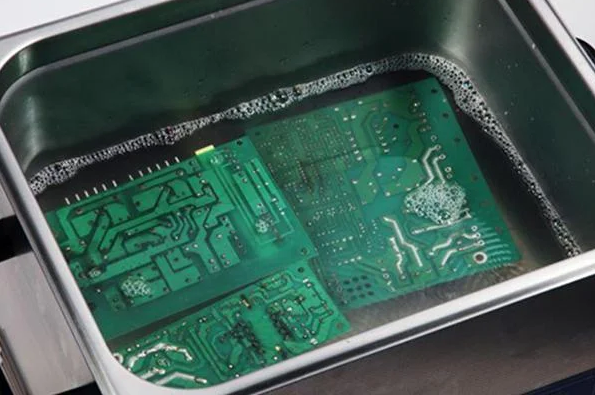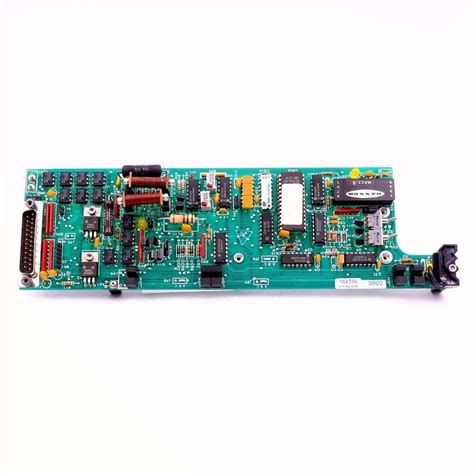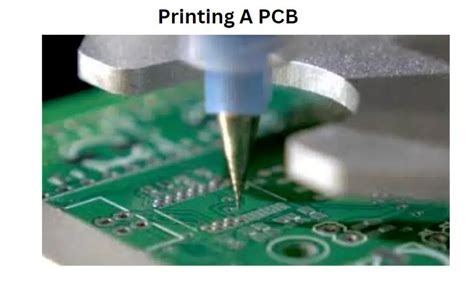A Comprehensive Guide to Various Connectors on PCB Boards
Introduction
Printed Circuit Boards (PCBs) serve as the backbone of modern electronics, providing mechanical support and electrical connections for components. Among the essential elements on a PCB are connectors, which facilitate the interface between the board and external devices, power sources, or other PCBs. Connectors come in various shapes, sizes, and functionalities, each designed for specific applications.
This article explores the different types of connectors found on PCBs, their classifications, and their applications in electronic design.

1. Types of PCB Connectors
PCB connectors can be broadly categorized based on their function, mounting style, and electrical characteristics. Below are the most common types:
1.1 Board-to-Board Connectors
These connectors allow direct connections between two PCBs without cables. They are widely used in stacked or modular electronic systems.
- Pin Headers and Sockets – Male (pins) and female (sockets) connectors that enable detachable connections.
- Mezzanine Connectors – High-density connectors for parallel PCB stacking.
- Edge Connectors – Found in expansion slots (e.g., PCIe, RAM slots).
1.2 Wire-to-Board Connectors
These connectors link wires or cables directly to the PCB, enabling power and signal transmission.
- Terminal Blocks – Screw or spring-loaded terminals for secure wire connections.
- JST Connectors – Common in low-power applications (e.g., drones, RC vehicles).
- Molex Connectors – Used in power supply connections (e.g., HDD, fan connectors).
1.3 Power Connectors
Designed to handle high currents, these connectors supply power to the PCB.
- Barrel Jacks – Used in DC power input (e.g., wall adapters).
- USB Power Connectors – Provide both power and data (e.g., USB-C, Micro-USB).
- Anderson Powerpole – High-current connectors for industrial applications.
1.4 RF and Coaxial Connectors
Used for high-frequency signal transmission in wireless communication.
- SMA/SMB Connectors – Common in antennas and RF modules.
- BNC Connectors – Used in video and test equipment.
1.5 Data and Signal Connectors
These connectors facilitate high-speed data transfer between devices.
- USB Connectors (Type-A, Type-B, Type-C) – Universal serial bus for data and power.
- HDMI Connectors – High-definition multimedia interface.
- Ethernet (RJ45) Connectors – Network communication.
1.6 Specialty Connectors
- D-Sub Connectors (DB9, DB25) – Legacy serial/parallel communication.
- FPC/FFC Connectors – For flexible printed circuits (e.g., LCD screens).
- Memory Card Slots (SD, MicroSD) – Data storage interfaces.

2. Key Considerations When Choosing PCB Connectors
Selecting the right connector involves evaluating several factors:
2.1 Electrical Requirements
- Current Rating – High-power applications need robust connectors.
- Voltage Rating – Must match the circuit’s operating voltage.
- Signal Integrity – High-speed signals require shielded connectors.
2.2 Mechanical Considerations
- Mounting Type (Through-hole vs. Surface-mount).
- Mating Cycles – Durability for frequent connections/disconnections.
- Locking Mechanism – Prevents accidental disconnection.
2.3 Environmental Factors
- IP Rating – Water/dust resistance for outdoor use.
- Temperature Resistance – Critical for automotive/aerospace applications.
2.4 Cost and Availability
- Standardized connectors (e.g., USB, HDMI) are cost-effective.
- Proprietary connectors may increase production costs.
3. Common Applications of PCB Connectors
- Consumer Electronics (Smartphones, Laptops, TVs).
- Industrial Automation (PLC systems, motor controls).
- Automotive Electronics (ECUs, infotainment systems).
- Medical Devices (Patient monitoring, diagnostic equipment).
- Aerospace & Defense (Avionics, communication systems).
4. Future Trends in PCB Connector Technology
- Miniaturization – Smaller, high-density connectors for compact devices.
- Higher Data Rates – USB4, Thunderbolt for faster transmission.
- Wireless Connectors – Inductive charging and data transfer.
- Sustainable Materials – Eco-friendly connector designs.
Conclusion
PCB connectors play a crucial role in electronic design, enabling power delivery, signal transmission, and modular assembly. Engineers must carefully select connectors based on electrical, mechanical, and environmental requirements. As technology advances, connectors will continue to evolve, supporting faster, smaller, and more efficient electronic systems.
Understanding the different types of PCB connectors ensures optimal performance, reliability, and cost-effectiveness in electronic product design.







